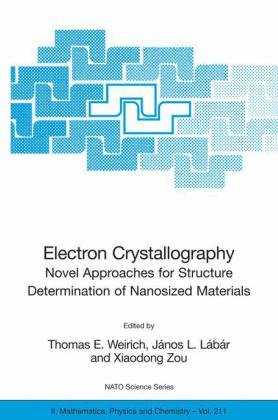

Most ebook files are in PDF format, so you can easily read them using various software such as Foxit Reader or directly on the Google Chrome browser.
Some ebook files are released by publishers in other formats such as .awz, .mobi, .epub, .fb2, etc. You may need to install specific software to read these formats on mobile/PC, such as Calibre.
Please read the tutorial at this link: https://ebookbell.com/faq
We offer FREE conversion to the popular formats you request; however, this may take some time. Therefore, right after payment, please email us, and we will try to provide the service as quickly as possible.
For some exceptional file formats or broken links (if any), please refrain from opening any disputes. Instead, email us first, and we will try to assist within a maximum of 6 hours.
EbookBell Team

5.0
88 reviewsDuring the last decade we have been witness to several exciting achievements in electron crystallography. This includes structural and charge density studies on organic molecules complicated inorganic and metallic materials in the amorphous, nano-, meso- and quasi-crystalline state and also development of new software, tailor-made for the special needs of electron crystallography. Moreover, these developments have been accompanied by a now available new generation of computer controlled electron microscopes equipped with high-coherent field-emission sources, cryo-specimen holders, ultra-fast CCD cameras, imaging plates, energy filters and even correctors for electron optical distortions. Thus, a fast and semi-automatic data acquisition from small sample areas, similar to what we today know from imaging plates diffraction systems in X-ray crystallography, can be envisioned for the very near future. This progress clearly shows that the contribution of electron crystallography is quite unique, as it enables to reveal the intimate structure of samples with high accuracy but on much smaller samples than have ever been investigated by X-ray diffraction. As a tribute to these tremendous recent achievements, this NATO Advanced Study Institute was devoted to the novel approaches of electron crystallography for structure determination of nanosized materials.